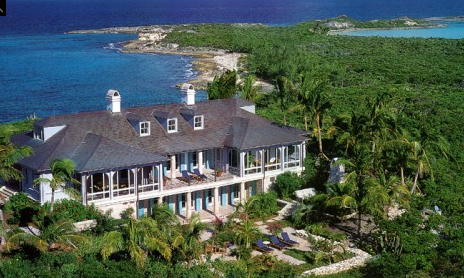You may have already passed through one of the best holiday spots in Spain, on your way to some other, supposedly trendier Spanish destination. If you think of Alicante solely in terms of its airport, you’re missing out.

The only difficult thing about holidaying in Alicante is deciding what to do each day. Bask in the sun on a white sand beach? Play a round of golf amidst spectacular scenery? Absorb some Iberian history at ancient castle? Visit a museum or two? Shop for souvenirs and unusual finds? However you define holiday fun, Alicante has you covered.
Getting There and Getting Around
You can still find great deals on flights from most airports in the UK and Ireland into Alicante Airport, 11 km south of the city centre. Upon your arrival, be sure to hire a car in Alicante so you can explore as many of the multitude of Costa Blanca holiday activities as possible.
Beaches
If you’re just arriving in Spain from a colder climate, you may feel eager to absorb some sunshine. Alicante’s largest strip of sandy oceanfront is the 7km Playa San Juan which adjoins a golf course and contains a children’s playground. For those seeking more privacy, check out Cabo de las Huertas, where hidden sandy coves, including two nude beaches, are tucked into a more rugged area of coastline. Playa Albuferta, a secluded beach northeast of the city, offers a perfect setting for water sports.
Golf
There are more than 15 golf courses within less than an hour’s drive of the city accommodating every level of skill. The 18-hole golf course at Alicante Golf was designed by Severiano Ballesteros, the international golf champion of the 1970s through 1990s. Alicante Golf also offers a putting green and a driving range for those who prefer not to spend all day on the green. On the other hand, if you want to immerse yourself in golf, you can stay at the El Plantio Golf Resort, availing yourself of the 18-hole course there on a daily basis or enrolling in their golf school to improve your swing.
History
You can’t help but notice Alicante’s main historical landmark as it dominates the landscape of the city. The Castillo de Santa Barbara sits atop Monte Benacantil, offering panoramic views of the surrounding region and the Mediterranean. First built as a fortress by the Carthaginians around 400 B.C., it has since been held by the Romans, the Moors, the King of Aragon and even briefly, during the War of Spanish Succession, by the British. Over the centuries, the different civilizations that held the castle added all the appurtenances of ancient military might–drawbridges, towers, moats and dungeons. Visitors to the castle can bypass the lift fees and enjoy the view from 166 feet by driving up (or, for the energetic, walking up several flights of stairs.)
Museums
Fans of 20th century art will want to make a beeline to the Museum of Contemporary Art. A modern glass and steel extension has been grafted onto a 17th century townhouse, creating a setting works by Dali, Miro and Picasso. The Gravina Museum of Fine Arts displays paintings and sculpture from the Alicante region from the sixteenth century into the early 20th century. The Museum of Archaeology (MARQ) may sound dry and dusty, but it is actually highly innovative, using audiovisuals and an underwater display to convey the interplay of history, geography and diverse civilizations in the region. The only drawback is that most of the exhibits here are only in Spanish so unless you’re fluent in the language, book ahead to get bilingual guide.
Shopping
Alicante shopping choices run the gamut from an outpost of Spain’s most popular department, El Corte Ingles to small market stalls. You can find good prices on 14ct gold jewelry, as well as leather goods. A visit to the daily market at the Explanada d’Espanya can yield a variety of treasures ranging from traditional Spanish wares such as lacework, fans and ceramics to carvings brought across from Africa.




